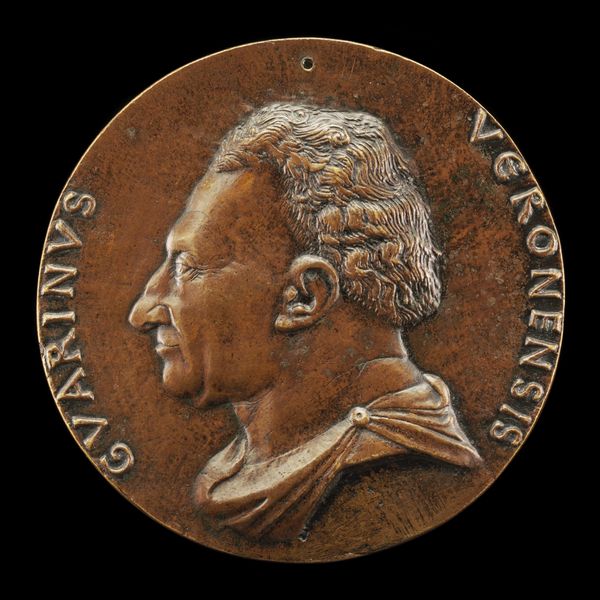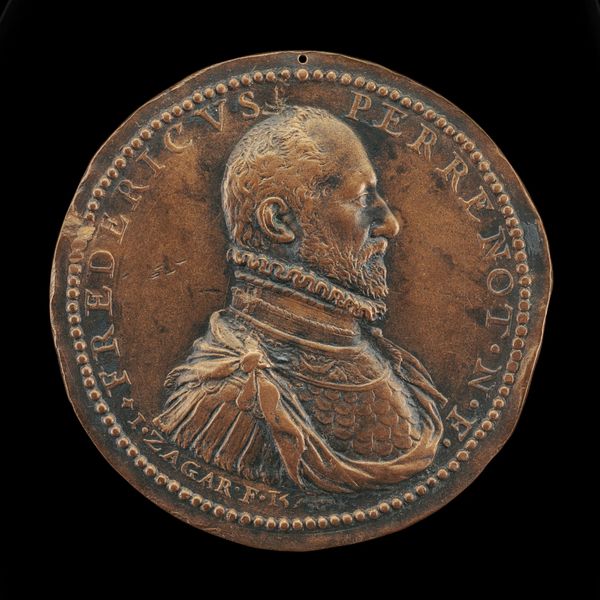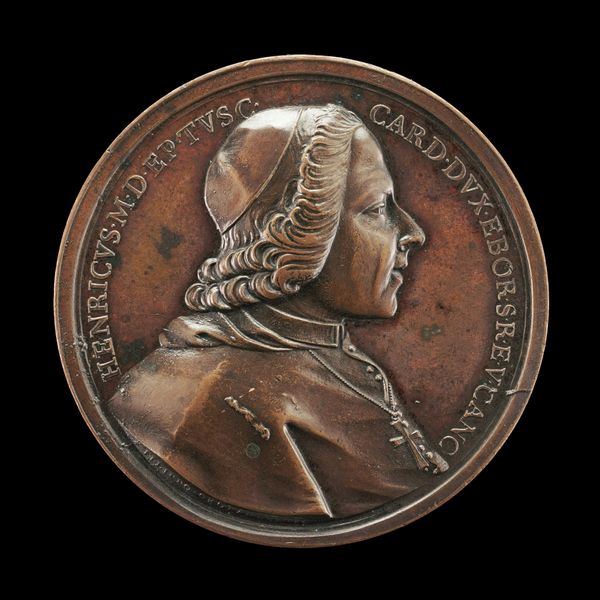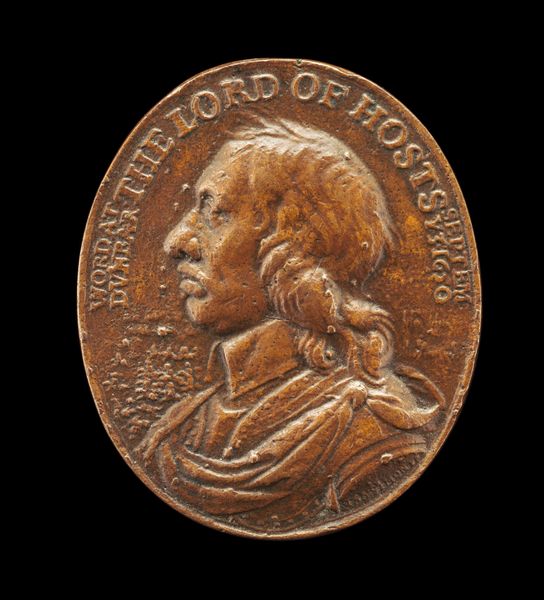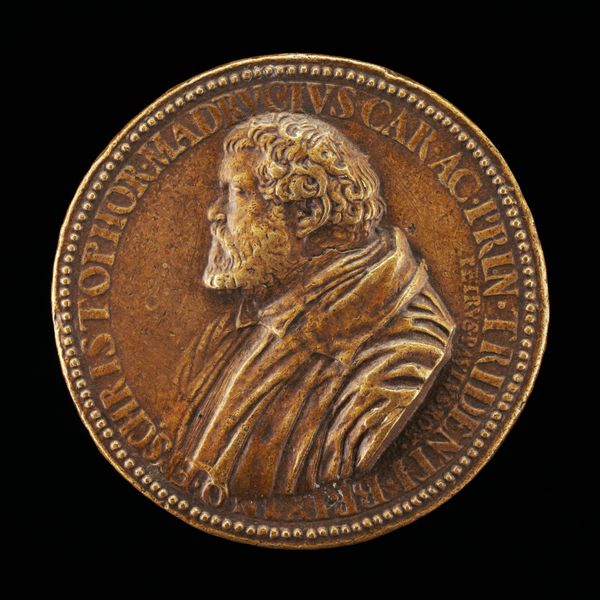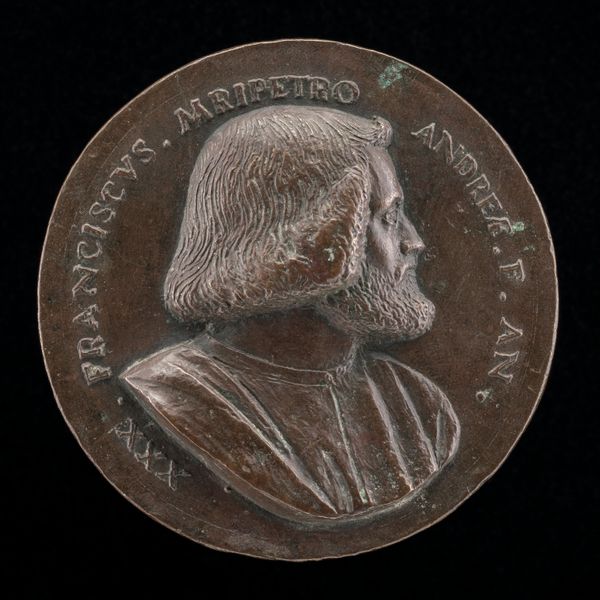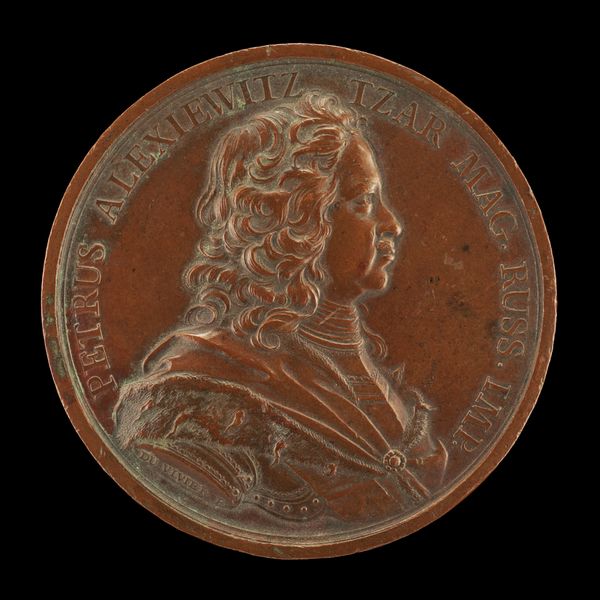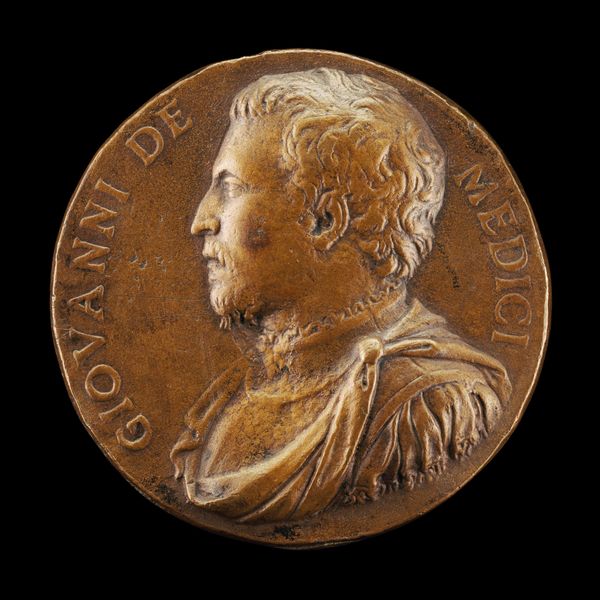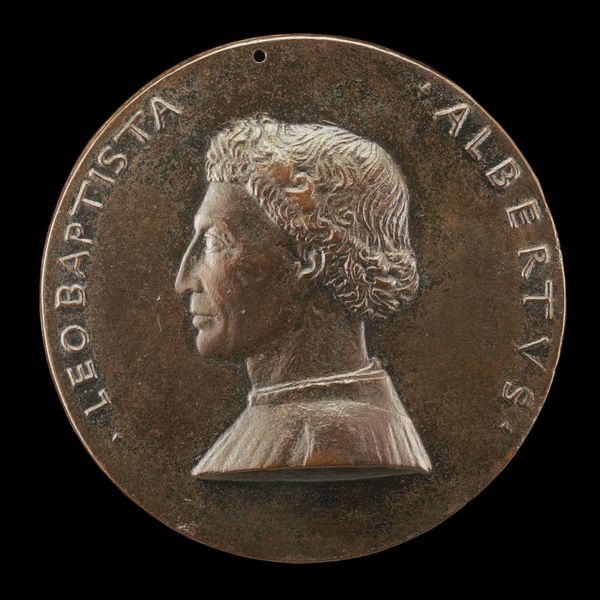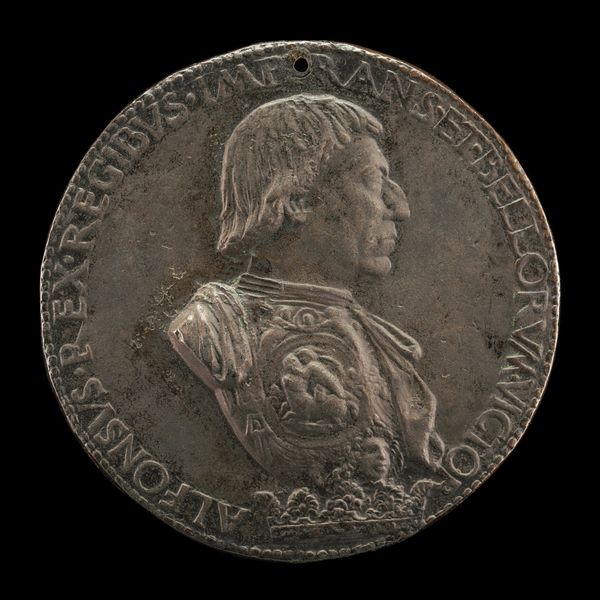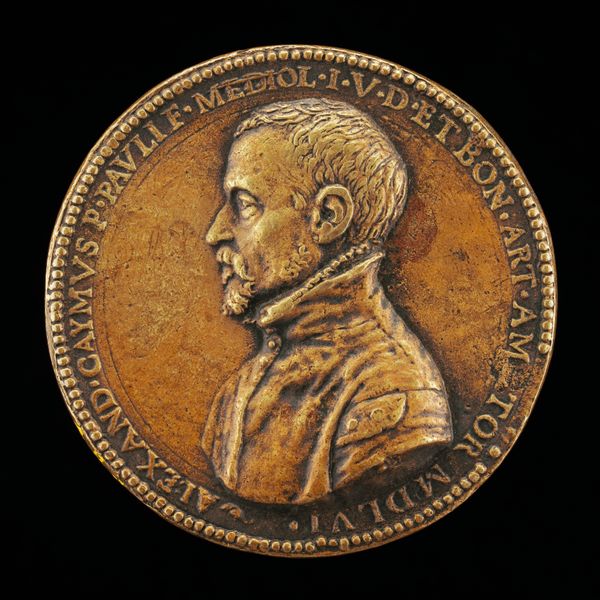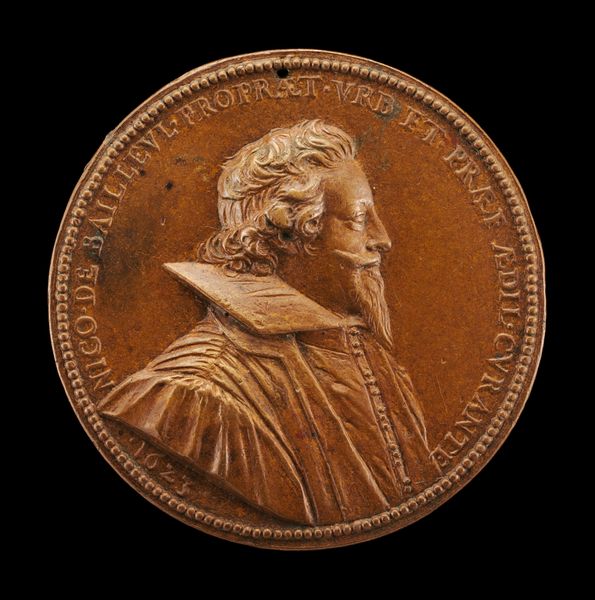![Maarten de Hane, 1475-1556, Flemish Merchant [obverse] by Leone Leoni](/_next/image?url=https%3A%2F%2Fd2w8kbdekdi1gv.cloudfront.net%2FeyJidWNrZXQiOiAiYXJ0ZXJhLWltYWdlcy1idWNrZXQiLCAia2V5IjogImFydHdvcmtzLzk4ZWE2YjBjLTRlY2MtNDkwNS1iMGEyLTM4NGQwODM0Y2I4OC85OGVhNmIwYy00ZWNjLTQ5MDUtYjBhMi0zODRkMDgzNGNiODhfZnVsbC5qcGciLCAiZWRpdHMiOiB7InJlc2l6ZSI6IHsid2lkdGgiOiAxOTIwLCAiaGVpZ2h0IjogMTkyMCwgImZpdCI6ICJpbnNpZGUifX19&w=3840&q=75)
Maarten de Hane, 1475-1556, Flemish Merchant [obverse] after 1544
0:00
0:00
metal, relief, bronze, sculpture
#
portrait
#
medal
#
metal
#
sculpture
#
relief
#
bronze
#
mannerism
#
sculpting
#
sculpture
Dimensions: overall (diameter): 7.05 cm (2 3/4 in.) gross weight: 103.34 gr (0.228 lb.) axis: 1.00
Copyright: National Gallery of Art: CC0 1.0
Editor: Here we have Leone Leoni’s bronze relief sculpture, *Maarten de Hane, 1475-1556, Flemish Merchant*, made after 1544. The rich bronze tone gives it a very classical feel, like an ancient Roman coin. What stands out to you about this portrait, especially considering its historical context? Curator: Well, the very creation of this medal speaks volumes. This wasn’t a commission from royalty or the church. It represents a Flemish merchant. Think about the rise of merchant power in the 16th century, the burgeoning global trade, and the shift in who had the means to commission art. This isn't just a portrait; it's a statement of social and economic power. The choice of bronze, a material associated with classical antiquity, elevates de Hane to the level of a Renaissance prince. Editor: So the material itself plays a role in conveying status? Was it common for merchants to be portrayed in this way? Curator: Precisely! These medals became increasingly fashionable among the merchant class. Displaying your likeness in bronze, echoing the portraits of emperors and rulers of the past, was a way of cementing their place in society. Consider also where this medal would have been displayed and seen. It's all part of crafting a very specific public image. Editor: It's fascinating to consider this as a form of early modern "branding." I'd never considered the socio-political implications of a portrait medal before. Curator: Exactly. It tells us as much about Maarten de Hane as it does about the shifting social landscape of the time. Reflecting on this further highlights the vital role of artwork and artists in shaping perceptions of power. Editor: Thank you. I now see how the political implications are as much a part of this sculpture as the artistic ones.
Comments
No comments
Be the first to comment and join the conversation on the ultimate creative platform.

